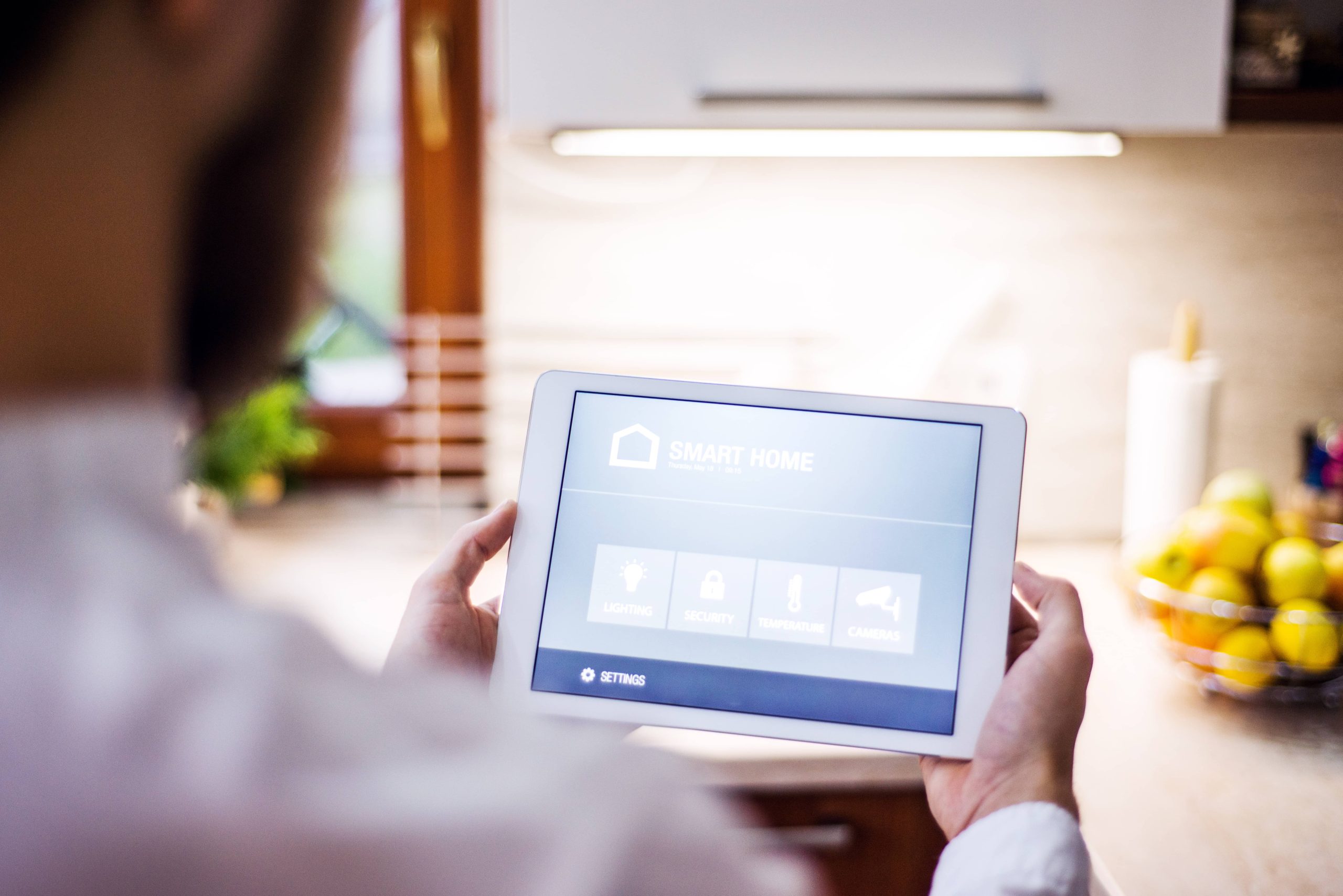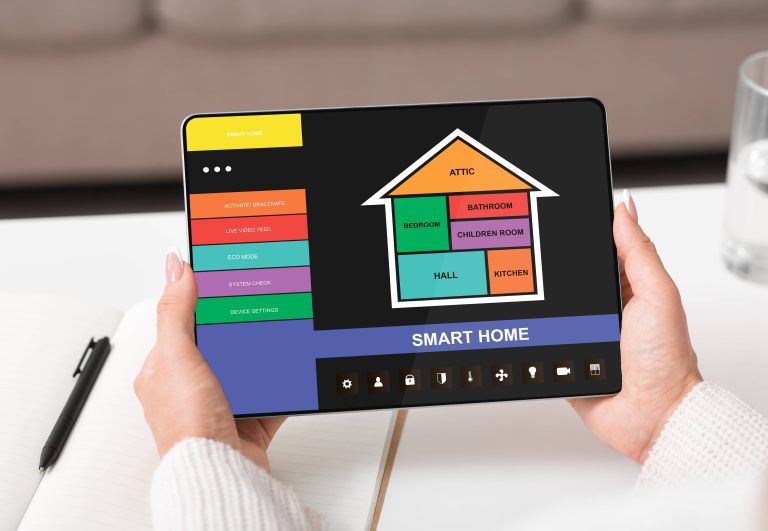
In the ever-evolving landscape of smart home technology, many homeowners often find themselves juggling multiple platforms and ecosystems. As manufacturers strive to create more connected and seamless experiences, the question arises: Can Amazon Alexa, Google Assistant, and Apple HomeKit work together harmoniously? The short answer is yes, but the path to a unified smart home ecosystem involves careful setup, integration strategies, and understanding the strengths of each platform.
In this blog post, we’ll explore the benefits of connecting Amazon Alexa, Google Assistant, and Apple HomeKit, and provide a comprehensive guide on how to achieve an interconnected smart home. Whether you are a seasoned tech enthusiast or a smart home novice, this guide will help you navigate the complexities of multi-platform integration.
Why Integrate Amazon Alexa, Google Assistant, and Apple HomeKit?
1. Maximized Compatibility: By integrating multiple smart home platforms, you ensure that a broader range of devices can be controlled and automated together. Some devices are exclusive to certain ecosystems, so using all three increases the overall compatibility of your smart home.
2. Voice Assistant Flexibility: Each platform offers its own voice assistant—Alexa, Google Assistant, and Siri. By connecting all three, you can leverage the unique strengths and capabilities of each, enhancing the user experience.
3. Redundancy and Reliability: Having multiple smart home platforms means you can fall back on another if one experiences downtime or technical issues, providing a more reliable smart home environment.
Preparing for Integration
Before diving into the integration process, it’s essential to understand the current setup of your devices and platforms. Here are some preliminary steps:
1. Inventory Your Devices: List all your smart home devices and identify which ecosystem(s) they are compatible with. Some popular brands like Philips Hue, LIFX, and Ecobee support all three platforms.
2. Ensure Stable Network: A robust and stable Wi-Fi network is crucial for seamless communication between devices and platforms. Consider upgrading your router or using a mesh Wi-Fi system if necessary.
3. Update Firmware and Apps: Make sure that all your devices have the latest firmware updates, and your Amazon Alexa, Google Home, and Apple Home apps are up to date.
Step-by-Step Integration Process
1. Setting Up Amazon Alexa
Start by setting up your Alexa-enabled devices. Install the Alexa app on your smartphone, log in with your Amazon account, and follow the on-screen instructions to add and configure your Alexa-enabled devices.
2. Setting Up Google Assistant
Next, set up your Google Assistant devices. Install the Google Home app, log in with your Google account, and add your devices. Ensure that you link any third-party services or smart home devices to your Google Assistant through the app.
3. Setting Up Apple HomeKit
For Apple HomeKit, you’ll need either an iPhone or iPad to get started. Open the Home app, tap the plus icon to add a new device, and follow the instructions to add your HomeKit-compatible devices. Note that you’ll need a HomeKit hub (Apple TV, HomePod, or iPad) for remote access and automation.
Bridging the Ecosystems
Now that you have each platform set up independently, it’s time to bridge them together. There are two primary methods to unify these platforms: using multi-platform compatible devices and employing third-party bridge services.
Multi-Platform Compatible Devices
Many smart home devices work across Amazon Alexa, Google Assistant, and Apple HomeKit. Devices like smart plugs, lights, and thermostats from brands such as Philips Hue, LIFX, and Ecobee often support all three. By using these devices, you can control them through Alexa, Google Assistant, and Siri effortlessly.
Third-Party Bridge Services
Several third-party services and hubs can act as bridges between the different ecosystems. Here are some notable options:
1. Homebridge: Homebridge is an open-source software that allows you to integrate non-HomeKit devices into Apple HomeKit. By running Homebridge on a server or Raspberry Pi, you can create a bridge between HomeKit and Alexa/Google Assistant-compatible devices.
2. IFTTT (If This Then That): IFTTT is a powerful automation platform that connects different services and devices through applets. By creating applets that link Alexa, Google Assistant, and HomeKit actions, you can achieve cross-platform automation.
3. SmartThings Hub: Samsung’s SmartThings Hub supports a wide range of devices and can integrate with Alexa, Google Assistant, and HomeKit through SmartThings integrations. Although direct HomeKit integration is limited, Homebridge or other third-party services can bridge the gap.
Creating Unified Automations and Routines
Once your platforms are interconnected, the next step is to create seamless automations and routines that leverage the strengths of each ecosystem:
1. Unified Lighting Controls: Use multi-platform compatible smart bulbs or switches to create scenes and automations that can be triggered by any voice assistant or automation platform.
2. Cross-Platform Security Alerts: Integrate your security cameras, doorbells, and sensors to send alerts and notifications across all three platforms, ensuring you never miss critical information.
3. Synergized Voice Commands: Implement voice commands that make use of the specific strengths of each assistant. For example, use Alexa for complex routines, Google Assistant for contextual queries, and Siri for quick, on-the-go commands.
Conclusion
Connecting Amazon Alexa, Google Assistant, and Apple HomeKit together is not just achievable but also highly beneficial. By leveraging the unique capabilities of each platform and employing multi-platform devices and third-party bridging services, you can create a unified smart home ecosystem that offers greater compatibility, flexibility, and reliability.
Embrace the future of smart home technology by integrating these leading platforms, and enjoy a seamless, interconnected experience that enhances the convenience, security, and enjoyment of your home.







